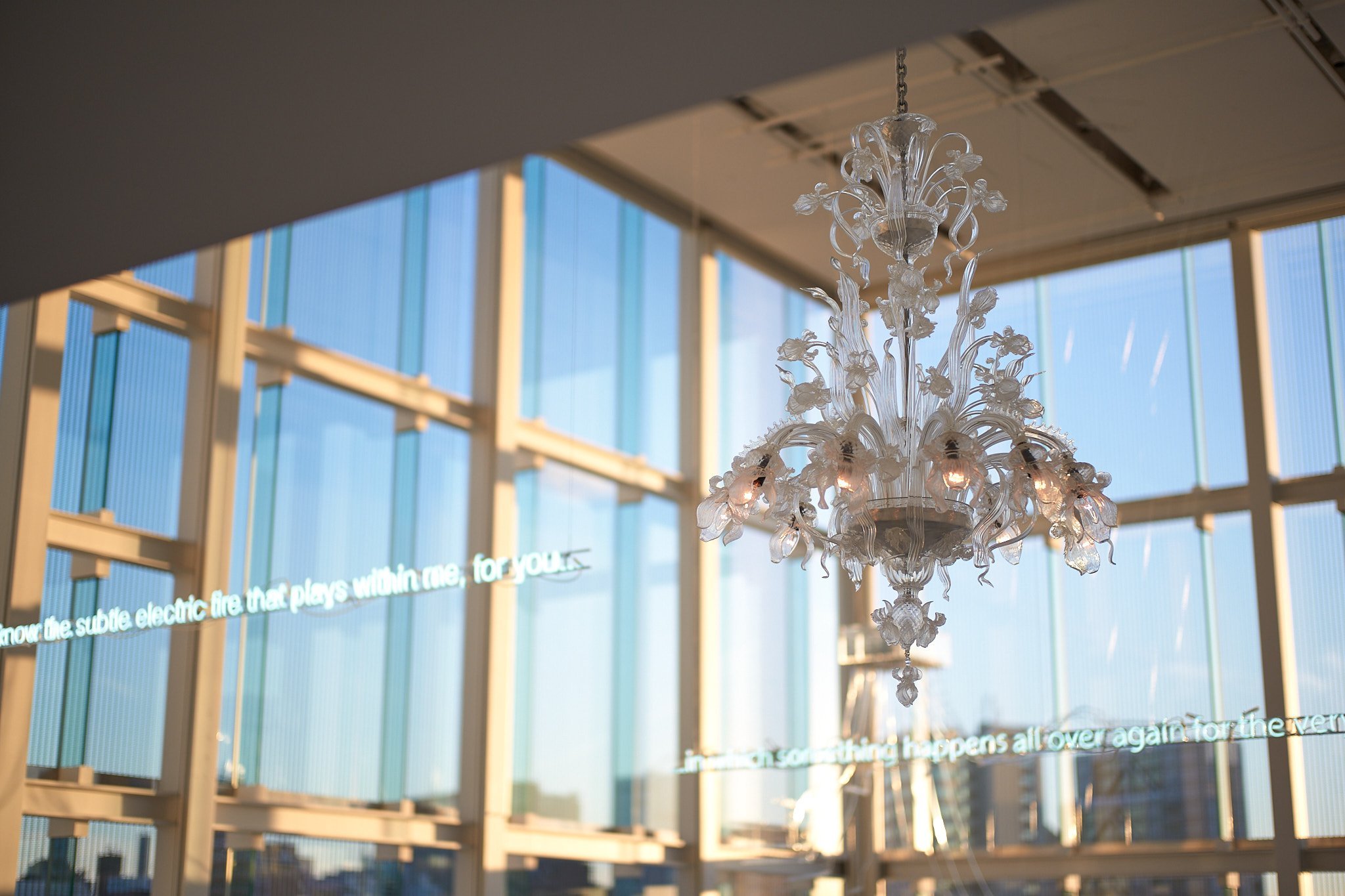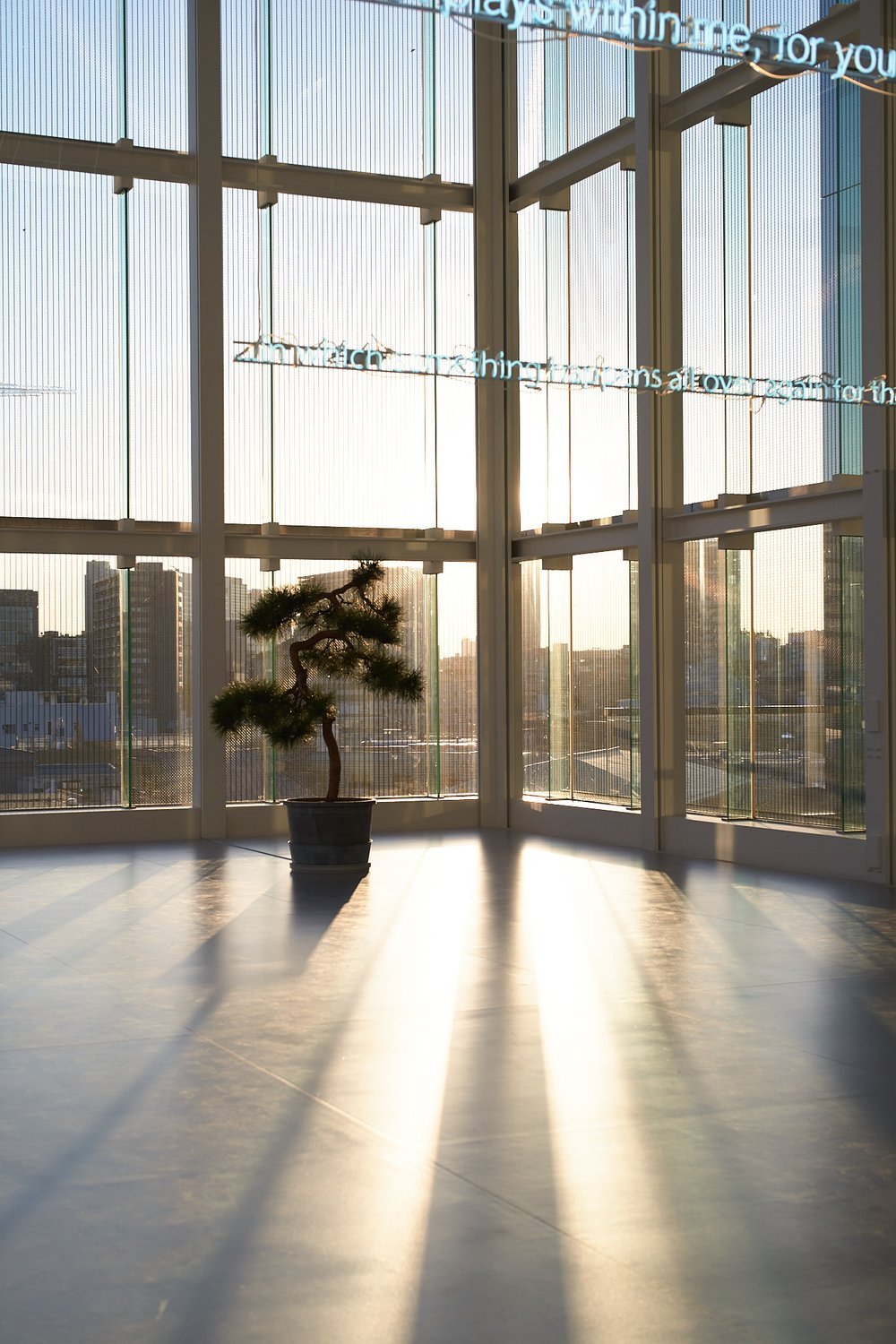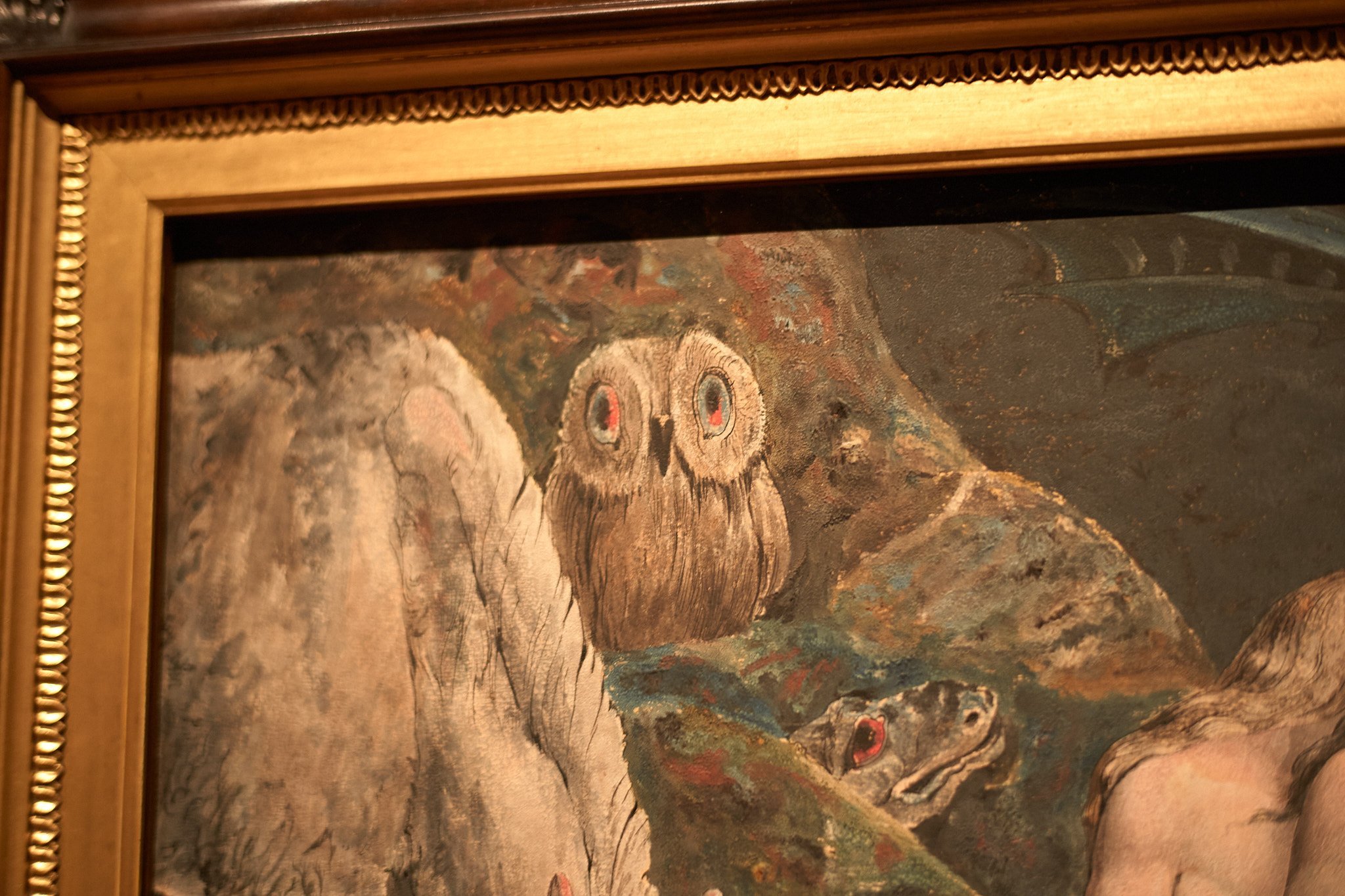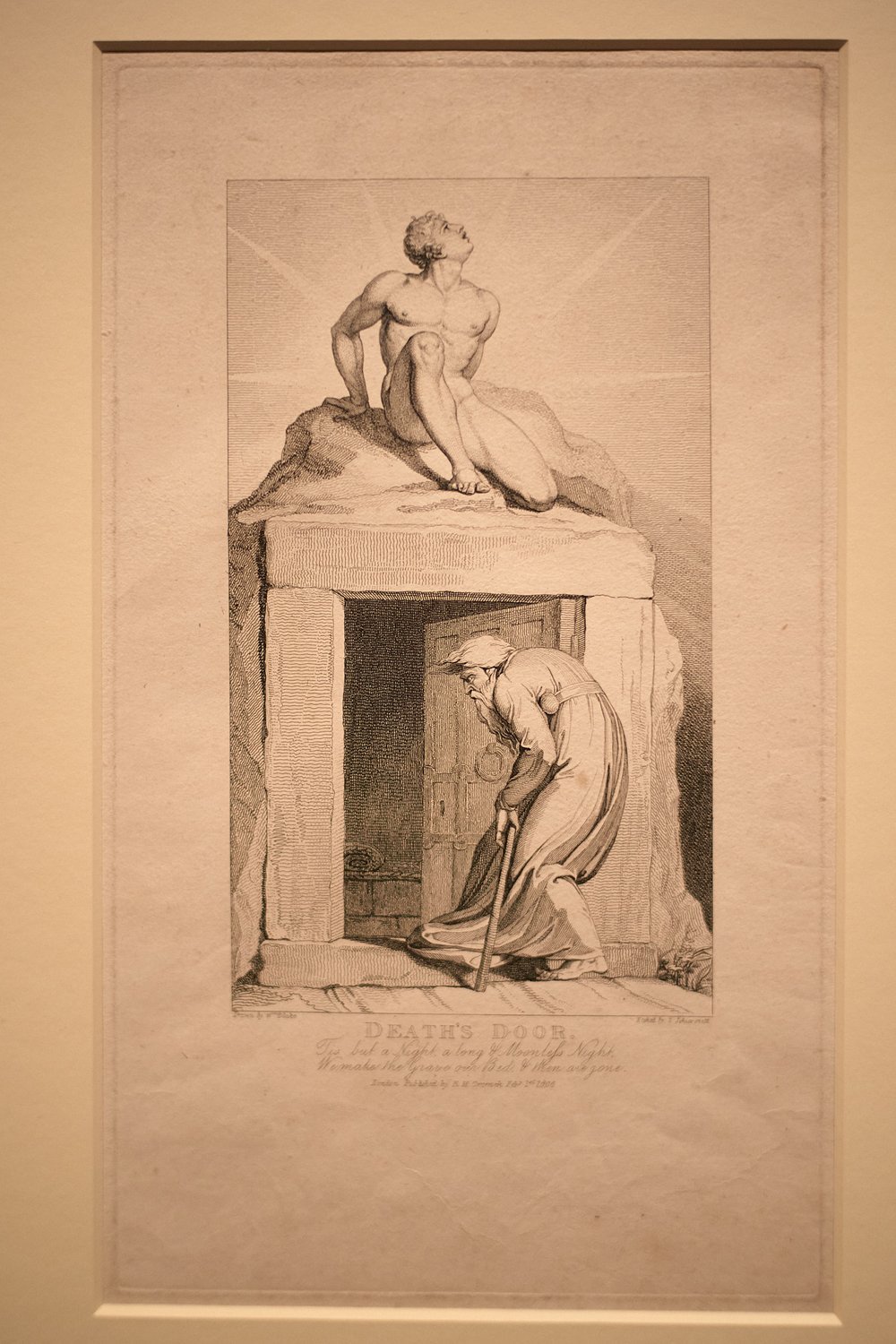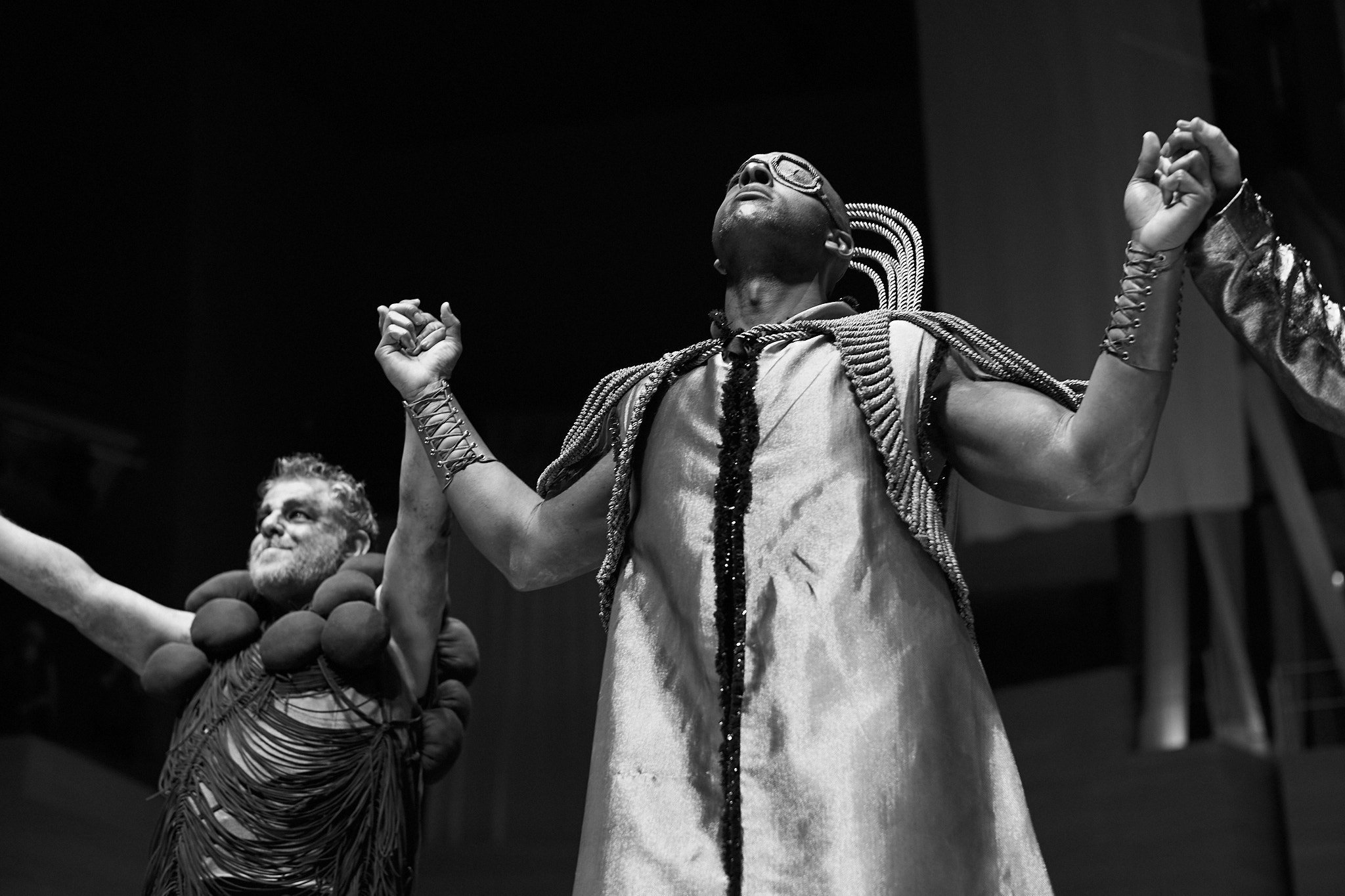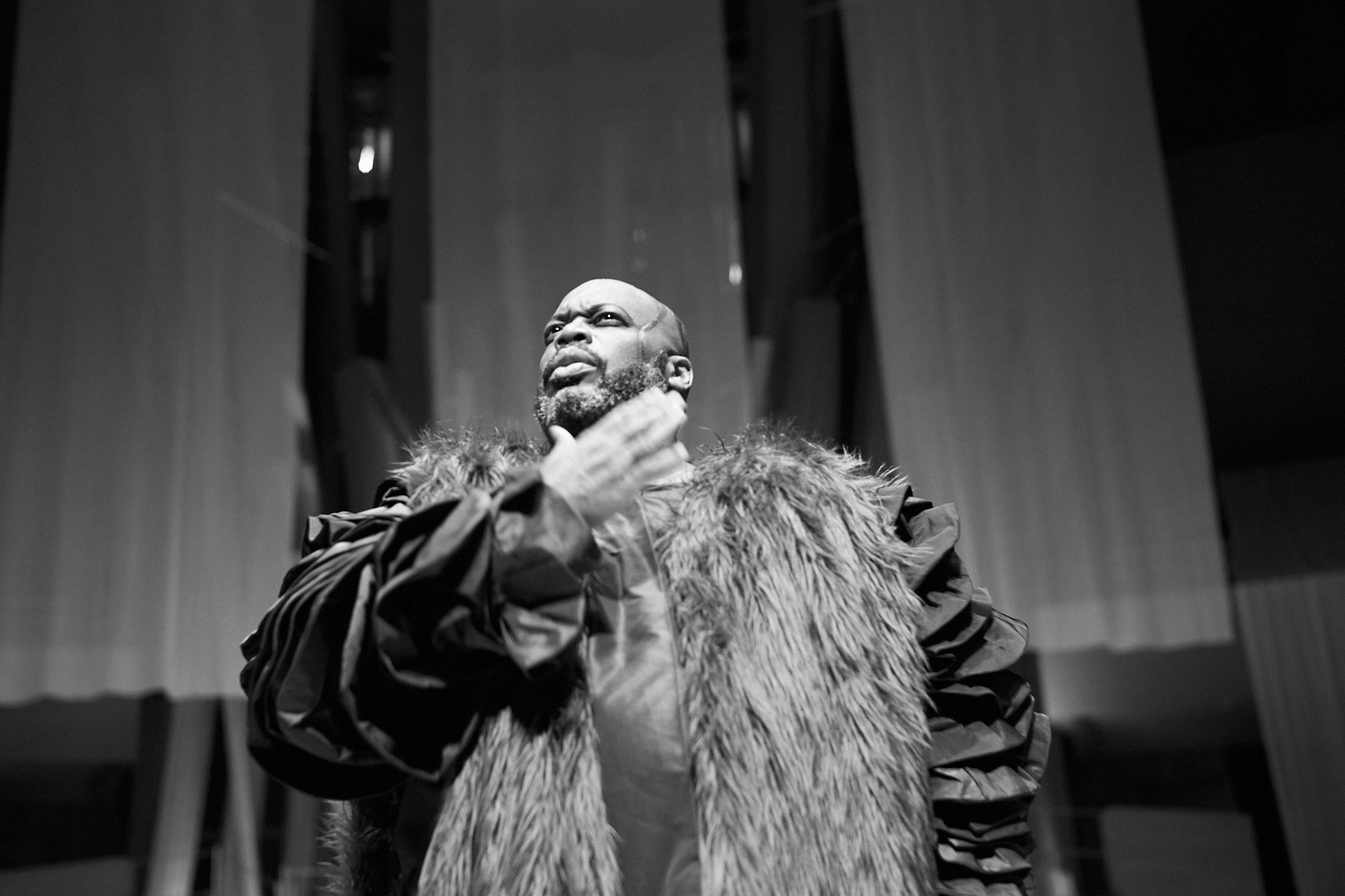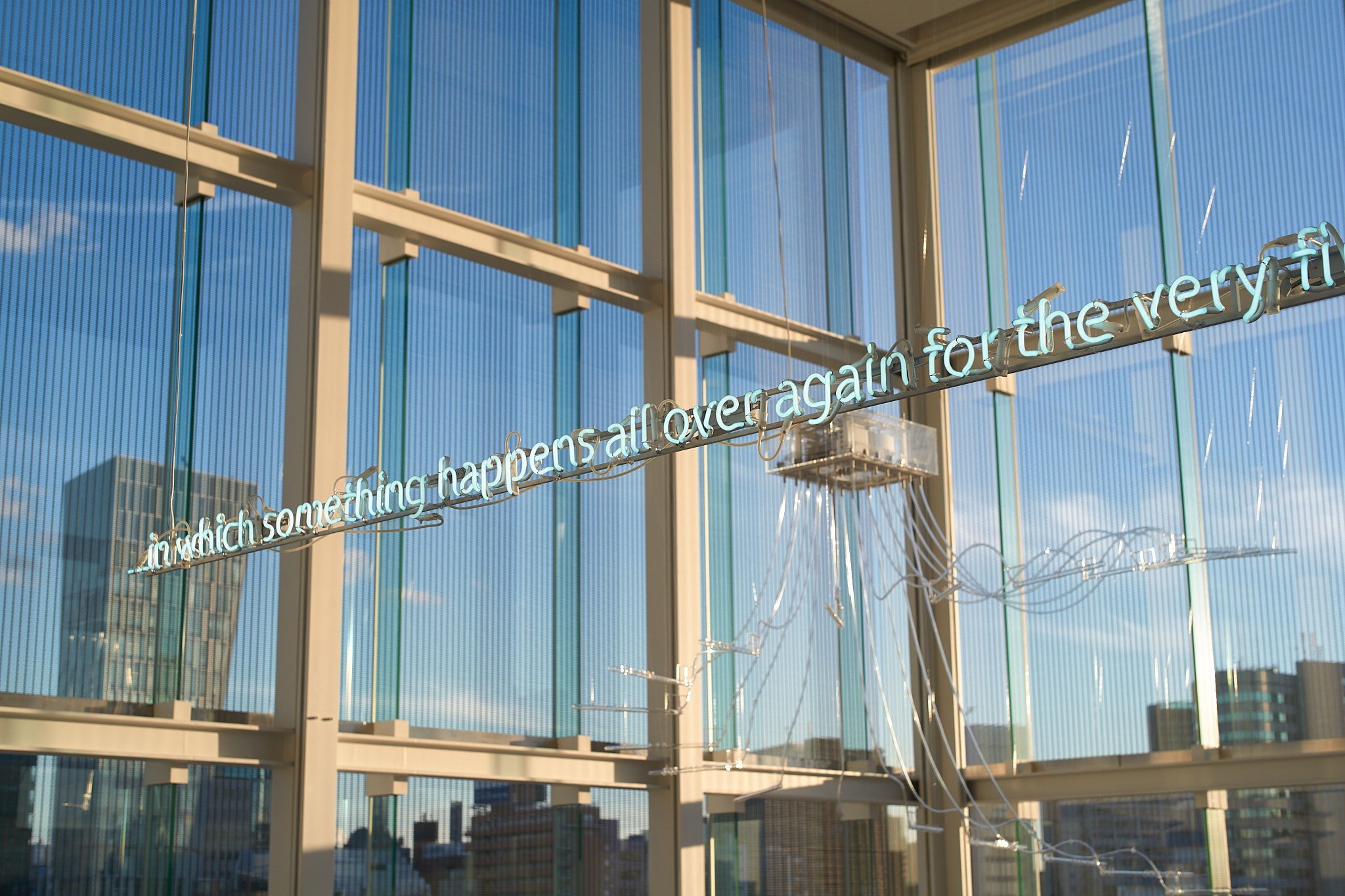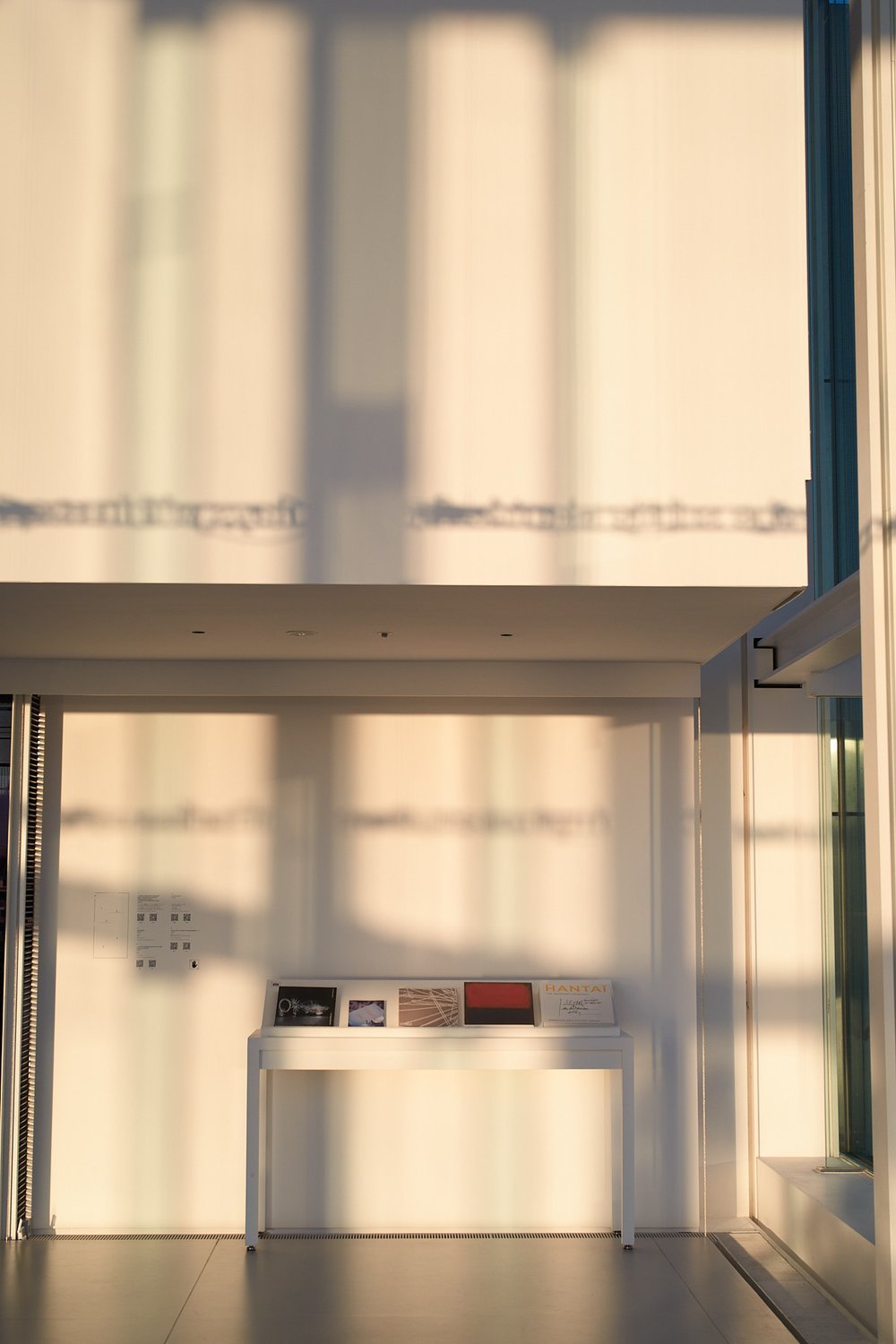Two weeks, at Balse.
precious, is time to yourself
if you can be true to yourself
that is
we all know this
so the question becomes
how
how do you
how can I
be
true to myself
and what is true?
this work
of art
that is
to think freely
think deeply
to study vastly.
enough.
The fashionable kind Kali Uchis - ¿Cómo Así?
More coucou - COUCOU CHLOE - POKERFACE
more snow strippers - SNOW STRIPPERS - UNDER YOUR SPELL #SURFGANG
researching - REI KAWAKUBO - COMME des GARCONS
The Intersection Of Fashion And Performance Art.
what is conceptual art, on bbc? - WHOS AFRAID OF CONCEPTUAL ART | BBC DOCUMENTARY | 2016 HD
the proper, KOMPAKT - Heiko Voss - Talking Man (Ada Mix) - Kompakt
the very proper - COMPUTER DATA-healing
magic man - NNHMN
the lovely- Isaac Delusion — Let her go ft. LUCASV
is it to live gut feeling?
in a way?
spend time, some life, tries to catch the shade….
recording memories,
till next time.
Charles A. Balse
Words of Wisdom
History of Modern Art, seventh edition, H.H. Arnason Elizabeth C. Mansfield, Chapter 1, page 4
The emphasis on emulation as opposed to novelty begun to lose ground toward the end of the eighteenth century when a new weight was given to artistic invention. Increasingly, invention was linked with imagination, that is to say, with the artist’s unique vision, a vision unconstrained by academic practice and freed from the pictorial conventions that had been obeyed since the Renaissance. This new attitude underlies the aesthetic interests of Romanticism. Arising in the last years of the eighteenth century and exerting its influence well into the nineteenth, Romanticism exalted humanity's capacity for emotion. In music, literature, and the visual arts, Romanticism is typified by an insistence on subjectivity and novelty. Today, few would argue that art is the simply the consequence of creative genius. Romantic artists and theorists, however, understood art to be the expression of and individual’s will to create rather than a product of particular cultural as well as personal values. Genius, for the Romantics, was something possessed innately by the artist: It could not be learned or acquired. To express genius, then, the Romantic artist had to resist academic emulation and instead turn inward, toward making pure imagination visible. The British painter and printmaker William Blake (1757-1827) typifies this approach to creativity.
AKADEMIE X LESSONS IN ART + LIFE
LESSON 18
TUTOR: Chris Kraus
Page 170
Whereas modernism believed that the artist’s life held all the magic keys to reading works of art, neo-conceptualism has cooled this off and corporatized it. The artist’s own biography doesn’t matter much at all. What life? The blanker the better. The life experience of the artist, if channeled into the artwork, can only impede art’s neo-corporate, neo-Conceptual purpose. It is the biography of the institution that we want to read.
Reviewing dOCUMENTA (13) in New York Magazine, Jerry Saltz coins the term ‘Post Art’ to describe work that ‘doesn’t even see art as separate from living…things that aren’t artworks so much as they are about the drive to make things that, like ar, embed imagination in material and grasp that creativity is a cosmic force…A chemist or a general may be making Post Art every day at the office.”
Main Studies
APPENDIX:
REI KAWAKUBO - COMME des GARCONS - RENEGADES OF FASHION FILM SERIES
Is Rei Kawakubo A Performance Artist? The Intersection Of Fashion And Performance Art.
How William Blake's Gothic World Challenged Classic Art | Great Artists | Perspective
Encyclopedia Of A World That Doesn’t Exist | Codex Seraphinianus
ClassicAsobi recommends
This section features content recommended from the NYC based ClassicAsobi and his team, specializing in classical music.
COMING UP
November 18, 2023 — January 27, 2024
Vielmetter Los Angeles Gallery III
Ravel and Adès
A storm is brewing at Walt Disney Concert Hall with Ravel’s explosive La valse, a Tempest, and two artistic forces joined together once more.
Nicole Duennebier: Faint of Heart
Christian Ruiz Berman: No shortcuts to Aztlan
January 13 – February 17, 2024
Normal LandscapesJanuary 13 - February 17, 2024, VSF, Los Angeles
CATHERINE OPIE
HARMONY IS FRAUGHT
JANUARY 11 – MARCH 3, 2024 REGEN PROJECTS










